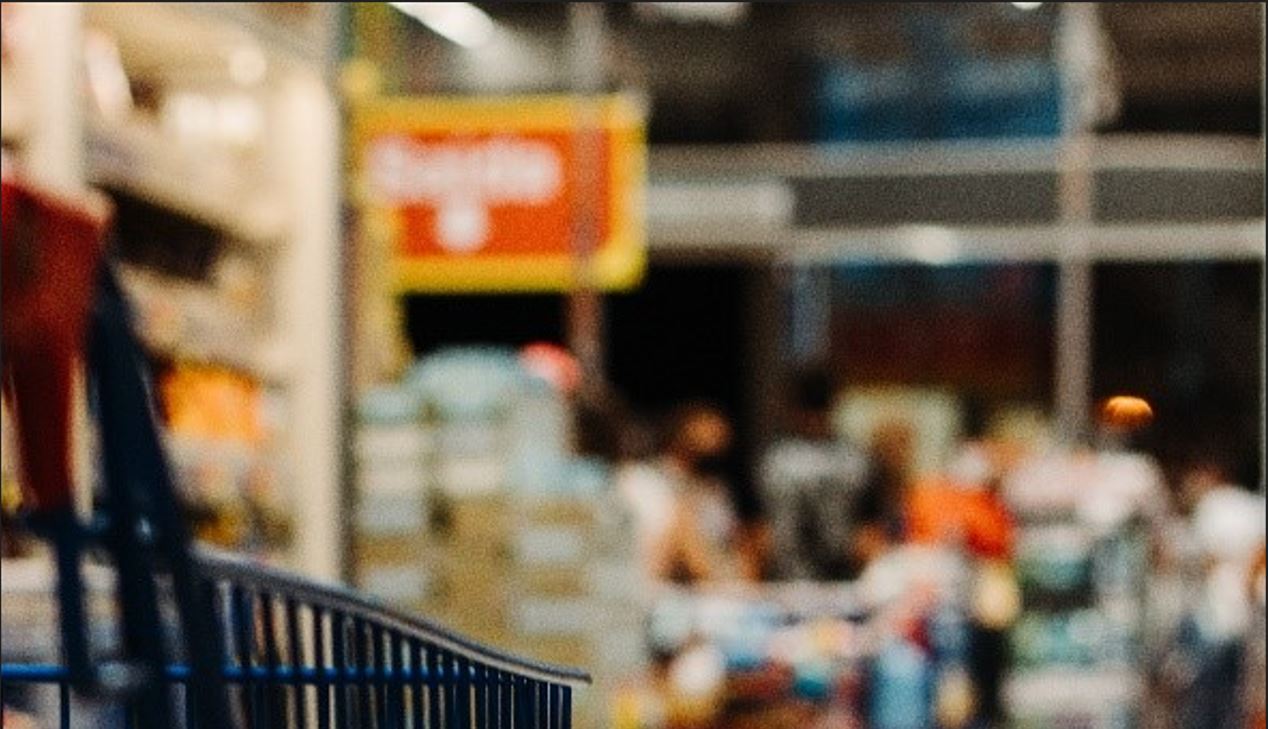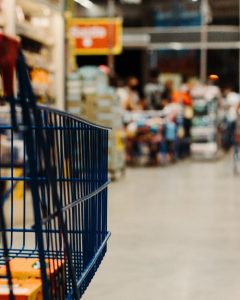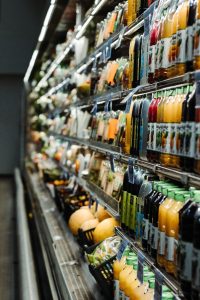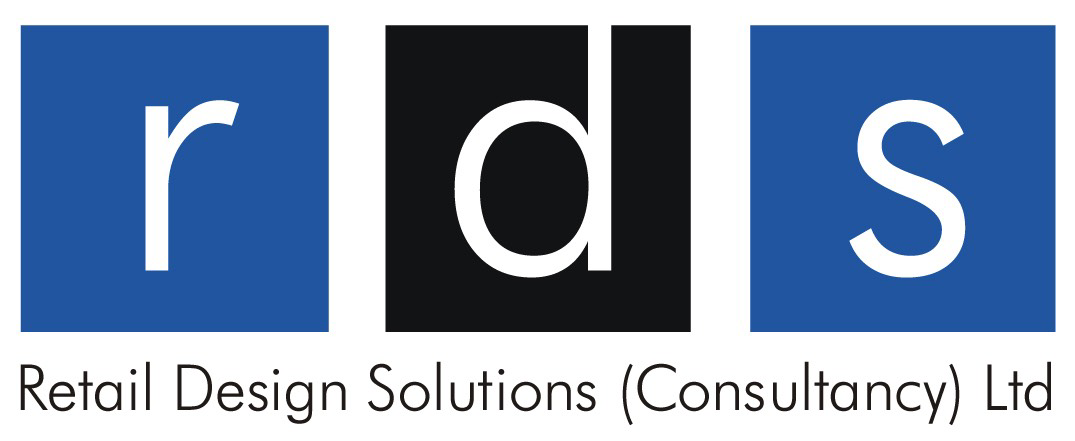
25 Sep How to make more sustainable food choices.
How to make more sustainable food choices.
We plan hundreds of retail layouts every year, this article is a look at how we are helping our clients to create layouts that enable their customers to make more sustainable food choices.
Climate Change.

Let’s set the scene, climate change is very much at the forefront of all our minds, and we all want to help to reduce the impact. It’s easy to forget that food systems actually account for 37% of global greenhouse gas emissions and agriculture is the world’s leading driver of deforestation.
So how can a retail layout help reduce this, well with products placed in an easy to navigate flow and the labelling of these products showing better information about its environmental credentials, this kind of support allows consumers to make more sustainable choices during their food shop.
Currently eco-labelling is limited therefore location & placement in the layout is a key driver in making a change, consumers find it difficult to make more sustainable purchases despite the fact that 65% of them want to make the right choices to live a healthier and more sustainable lifestyle.
Ethical consumerism is a rising trend, figures show this is now valued at £122 billion and consumers are looking for messaging that is easy to recognize, connect with, and understand.
People want to make more Sustainable choices.
Research shows that eco-labelling on menus encourages people to eat more sustainably, with 84% of people opting for the more sustainable choices in the eco-label study. The adding of Nutri-Score labels to products in French supermarkets is being used to encourage consumers to choose more nutritional products. The success of the Nutri-Score System has led to the initiative being recommended for use in other European Union countries, as well as by the European Commission and the World Health Organization.
As we all know some sustainable products carry a price premium which could discourage consumers but if they are made aware of the product’s sustainability credentials research shows they are willing to pay the extra. Eco-labels, signage, customer journey, storeplanning and layout design have an important role to play in supporting consumers to make more sustainable choices.
How we help.
So how do we help? Let me briefly explain, we design layouts with a great customer experience, with signage, branding and wayfinding that allows the consumer to better understand the purchasing choices they have and the impact these choices have on the environment they live in.
Creating 3D models that show the sightlines, equipment layouts, branding and signage allows us to clearly communicate a proposed layout with our clients. Being able to see what the consumer will see allows informed decisions and changes to be made early in the design process reducing the need for costly onsite changes.
We create detailed 2D merchandising plans and construction packs to ensure the layout is delivered exactly as conceived ensuring a high-quality end result.
Conclusion.
With the European Parliament recently adopting proposals which will require companies to ensure the reliability and accuracy of their voluntary environmental claims, eco-labelling, signage, and product placement will play a huge role in improving consumer confidence in the sustainability of food products.

Here at RDS we support the retail industry to build resilient, transformative retail layouts. We have decades of experience using expert design, strategy, research, and intelligence using cutting edge technology and implementation support. Find out more about how RDS’s teams can support you by visiting our services page click here:
Call us on 017870224878 or email me – neil@retaildesignsolutions.com
Many thanks for the help and data from:
The World Economic Forum
Intergovernmental Panel on Climate Change (IPCC)
The Ethical Consumerism Report
The British Psychological Society
